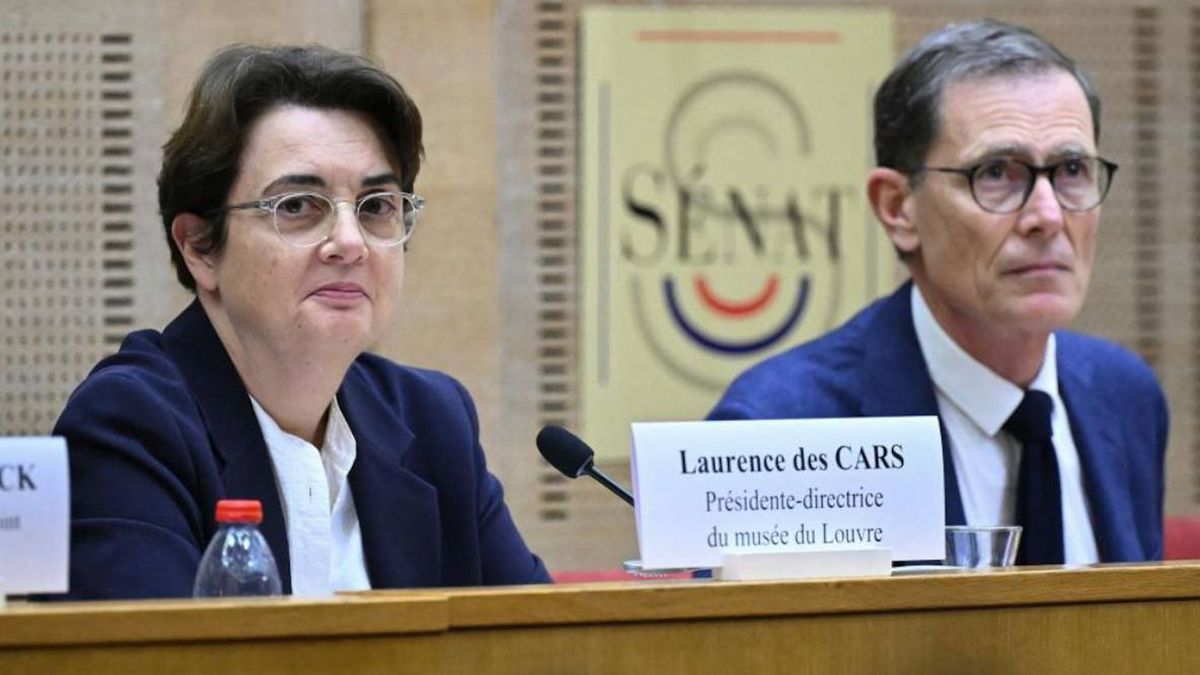Deutsche Bahn wants to inform the partners of Stuttgart 21 about the plans for commissioning. According to a report, the opening will be postponed until 2026. What exactly is behind the project?
For more than ten years, people in Stuttgart have been living with a mega construction site in the middle of their city. There, at the main station, the railway is building a new underground station, better known as Stuttgart 21. This was actually supposed to replace the existing terminal station at the end of 2025. It has been clear for some time that the terminal station will remain in operation until the end of 2026, and today the railway wants to inform the project partners when the underground station is scheduled to open. According to a media report, this will be postponed until the end of 2026. Here are the most important questions and answers about the billion-dollar project Stuttgart 21:
What exactly is being built in Stuttgart?
The Stuttgart 21 project not only represents the construction of the new main station in the state capital, but also the complete reorganization of the Stuttgart rail hub. New stations are being built – such as a new long-distance station at the airport -, dozens of kilometers of railway lines and tunnels, culverts and bridges. In addition to Stuttgart 21, the Stuttgart-Ulm rail project also includes the construction of the Wendlingen-Ulm high-speed line, which will open in 2022. The heart of Stuttgart 21 is the new underground main station, which, unlike the previous terminus station, will be a through station.
Where does the name actually come from?
“To clear up a common misunderstanding: The 21 in Stuttgart 21 has never stood for a year of completion,” said a railway spokesman. In contrast, the 21 in the project name stands for the 21st century. Various projects were started in the 1990s under the name “Bahnhof 21” to make rail hubs across Germany fit for the 21st century, the spokesman explained. For example, the projects “Neu-Ulm 21”, “Saarbrücken 21” and “Lindau 21” were implemented.
When will the station be finished?
This is the question that concerns many commuters. Until now, Deutsche Bahn had always emphasized that it wanted to stick to the opening date of December 2025. Whether this can actually be kept has been questionable for some time. In March, Deutsche Bahn announced that the existing Stuttgart main station would remain in operation at least in 2026. Due to major challenges in the digitalization of the Stuttgart rail hub, the timetable for 2026 will still be drawn up on the basis of the old infrastructure with the existing terminal station. This was actually no longer supposed to be used from the end of 2025.
According to a report by “Spiegel”, the company will now inform its partners on Tuesday that the opening of the new Stuttgart Central Station will be postponed to December 2026. Germany’s most controversial railway project will thus be delayed by another year, the news magazine reported on Monday, citing sources in the railway company.
When should the project actually start?
When the financing agreement was signed in 2009, the plans, according to Deutsche Bahn, called for an inauguration in 2019. Since then, there have been repeated postponements of the commissioning.
Where do the problems and delays come from?
The railway cites several reasons for the repeated postponements: lawsuits against the project and changes to requirements, such as fire protection. Other factors for the delays include the “geologically challenging subsoil in the Stuttgart urban area” and complex approval procedures due to changes in species protection laws. Critics of the project accuse the railway of knowing about the problems and risks early on and of glossing over the costs and construction time.
How much does the project cost?
The railway currently estimates the costs for Stuttgart 21 at around eleven billion euros and has also budgeted a buffer of 500 million euros. In recent years there have been several significant cost increases. A financing agreement from 2009 regulates the distribution of costs up to a good 4.5 billion euros. At the time, the state pledged a contribution of 931 million euros, the city of Stuttgart contributed 292 million, the airport contributed 227 million, and the Stuttgart Region Association pledged 100 million euros.
Who will pay the additional costs of at least 6.5 billion euros?
According to a court ruling, the railway must bear the billions of euros in additional costs alone. At the beginning of May, the Stuttgart Administrative Court dismissed the lawsuits filed by several railway companies against the state of Baden-Württemberg, the city of Stuttgart, the Stuttgart Region Association and Stuttgart Airport. With the lawsuits, the DB wanted to ensure that the project partners contribute financially to the additional costs. A railway spokesman said after the ruling: “We will examine the written justification very carefully and then decide whether to appeal.”
What benefits does Stuttgart 21 bring to travellers?
The project will reduce travel times significantly in some cases. According to Deutsche Bahn, passengers from Ulm to Stuttgart will now only need 27 minutes instead of the previous 56 minutes – however, around half of the travel time saved is due to the new line between Wendlingen and Ulm and not to Stuttgart 21. The connection of the airport to long-distance traffic will also reduce the journey time for air passengers. Deutsche Bahn also points out that the through station in Stuttgart will enable new direct connections in regional traffic. The new station also has eight incoming and outgoing tracks, whereas the previous terminal station only had five. This means that the station will be able to handle significantly more train traffic in the future than before.
Critics of the project doubt this. “This ridiculously small station will cause major traffic damage for the entire region and the entire country,” criticized Martin Poguntke, spokesman for the action alliance against Stuttgart 21. The project opponents accuse the railway of having made unrealistic assumptions when calculating the station’s performance. For example, the stress test, which was intended to prove the new station’s performance, assumed very short stopping times. “At three in the afternoon, a train empties quickly. But these stopping times cannot be achieved during rush hour,” said Poguntke.
Source: Stern




